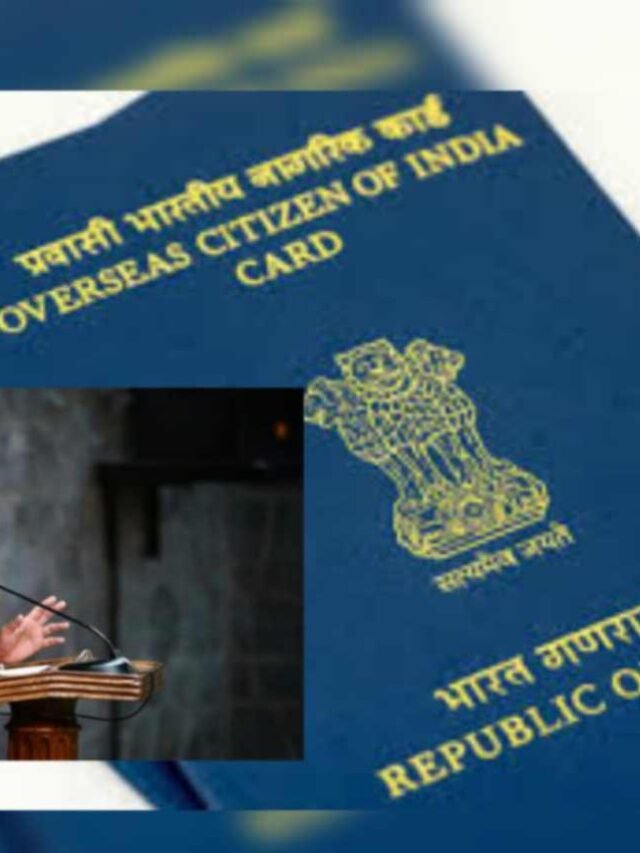Seventh Schedule of the Indian Constitution under Article 246
Introduction
The Seventh Schedule of the Indian Constitution divides powers between Union and State governments; it is part of the 11 schedules of the Indian Constitution and includes three lists that describe how these powers are divided namely; the union list, state list and concurrent list.
Article 246 of the Indian Constitution concerns itself with this schedule whereby three lists (Union List, State List, and Concurrent List) have been provided to define power distribution among the States and Union.
Union List
Subjects and Legislative Authority: Initially comprising 97 subjects, the Union List now consists of 100 subjects. The Centre has specific authority to legislate on those subjects.
Significance: The Union List represents a strong central government with more subjects than the State List and includes matters of national importance requiring uniform legislation.
Conflict Resolution: In cases of conflict or overlap between the Union List and State List, the Union List prevails.
Taxation Powers: There are 15 subjects in the Union List on which Parliament has exclusive taxation authority. The 88th Amendment added ‘taxes on services’ to the list.
Judicial Powers: Parliament can enlarge the Supreme Court’s jurisdiction and powers concerning Union List matters.
State List
Subjects and Legislative Authority: The State List originally had 66 subjects, now reduced to 61 after the 42nd Amendment Act of 1976, which moved five subjects to the Concurrent List.
Exclusive State Powers: State legislatures have exclusive power to legislate on subjects in the State List under normal circumstances.
Parliamentary Legislation on State Subjects: Parliament can legislate on State List subjects under certain conditions:
- When Rajya Sabha passes a resolution.
- During a national emergency (Article 250).
- When two or more states request Parliament to legislate on State List subjects.
Special Provisions: The 69th Constitutional Amendment Act of 1991 restricts the Delhi government from making laws on Public Order, Police, and Land.
Concurrent List
Subjects and Legislative Authority: The Concurrent List includes 52 subjects, with the 42nd Amendment Act of 1976 transferring five subjects from the State List. These subjects are:
- (a) Education
- (b) Forests
- (c) Weights and measures
- (d) Protection of wild animals and birds
- (e) Administration of justice, encompassing the establishment and structuring of all courts, with the exception of the Supreme Court and the High Courts.
Shared Legislative Powers: Both the Central and State Governments can legislate on subjects in the Concurrent List. However, in case of conflict, Central laws prevail.
Taxation Powers: There are three subjects in the Concurrent List on which both the Central and State Governments can levy taxes.
The 101st Amendment Act of 2018 introduced provisions regarding the Goods and Services Tax (GST), allowing both Parliament and state legislatures to legislate on GST matters, with Parliament having exclusive power over inter-state trade or commerce.
Key Subjects Under Each List
Union List Subjects: International Relations, Communication, Defence, Army, International Relations, Ports, Highways, Defence and Railways
State List Subjects: Public order, Police, Public health and sanitation, Hospitals and dispensaries, Betting gambling and Public order, Public health & sanitation,
Concurrent List Subjects: Education, Marriage, Forests, Trade unions, Marriage, Adoption, Succession Trade unions.
The Seventh Schedule ensures a clear department of legislative powers, promoting a balance between the Central and State governments while addressing both national and regional interests.
Frequently asked questions
What is the Seventh Schedule of the Indian Constitution?
The Seventh Schedule of the Indian Constitution delineates the distribution of legislative powers between the Union (central) and State governments. It consists of three lists: the Union List, State List, and Concurrent List.
How many lists are there in the Seventh Schedule and what are they?
There are three lists in the Seventh Schedule: the Union List, the State List, and the Concurrent List.
What is the Concurrent List?
The Concurrent List includes subjects on which both the Central and State governments can legislate, with Central laws prevailing in case of conflict.

























